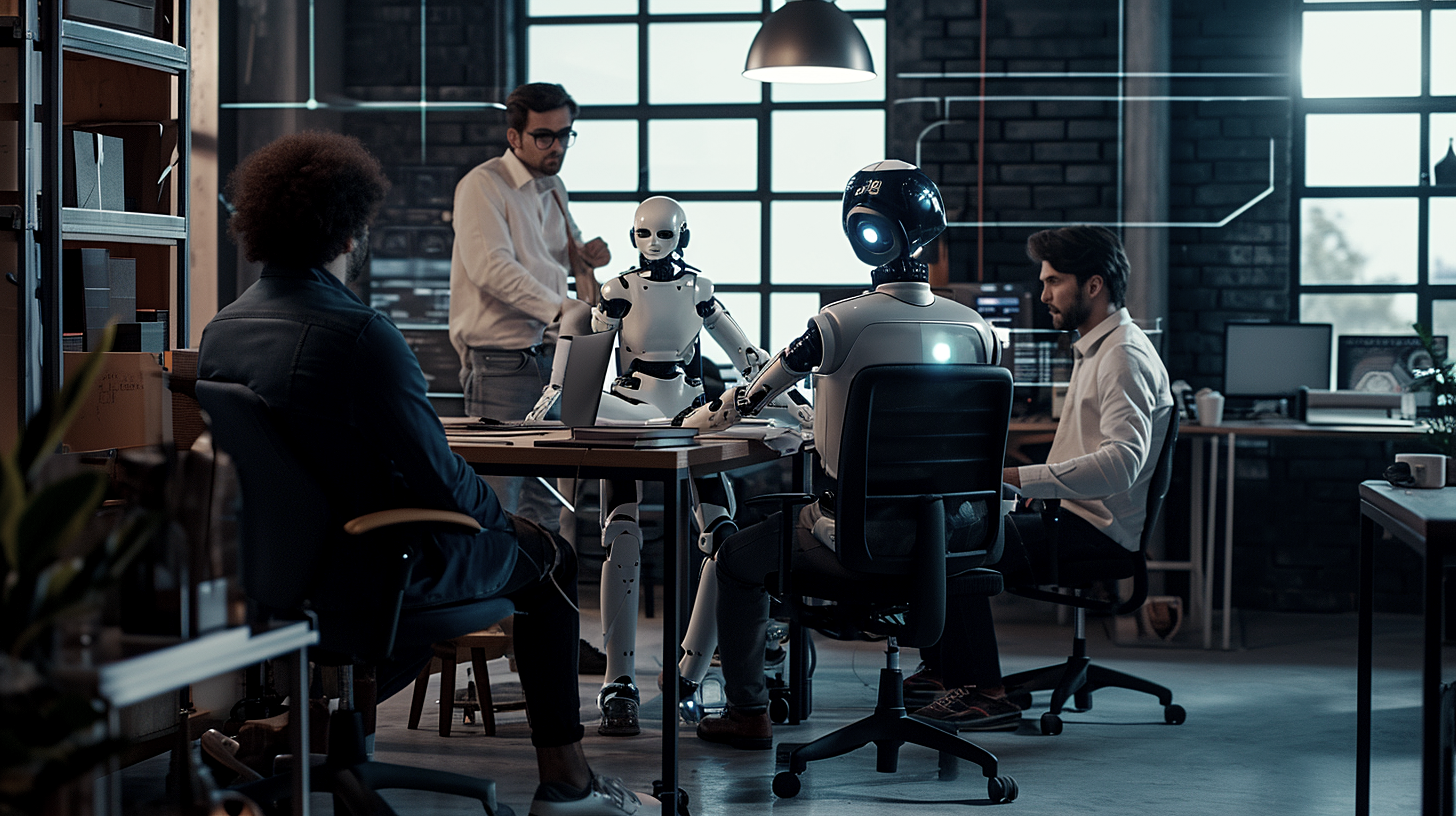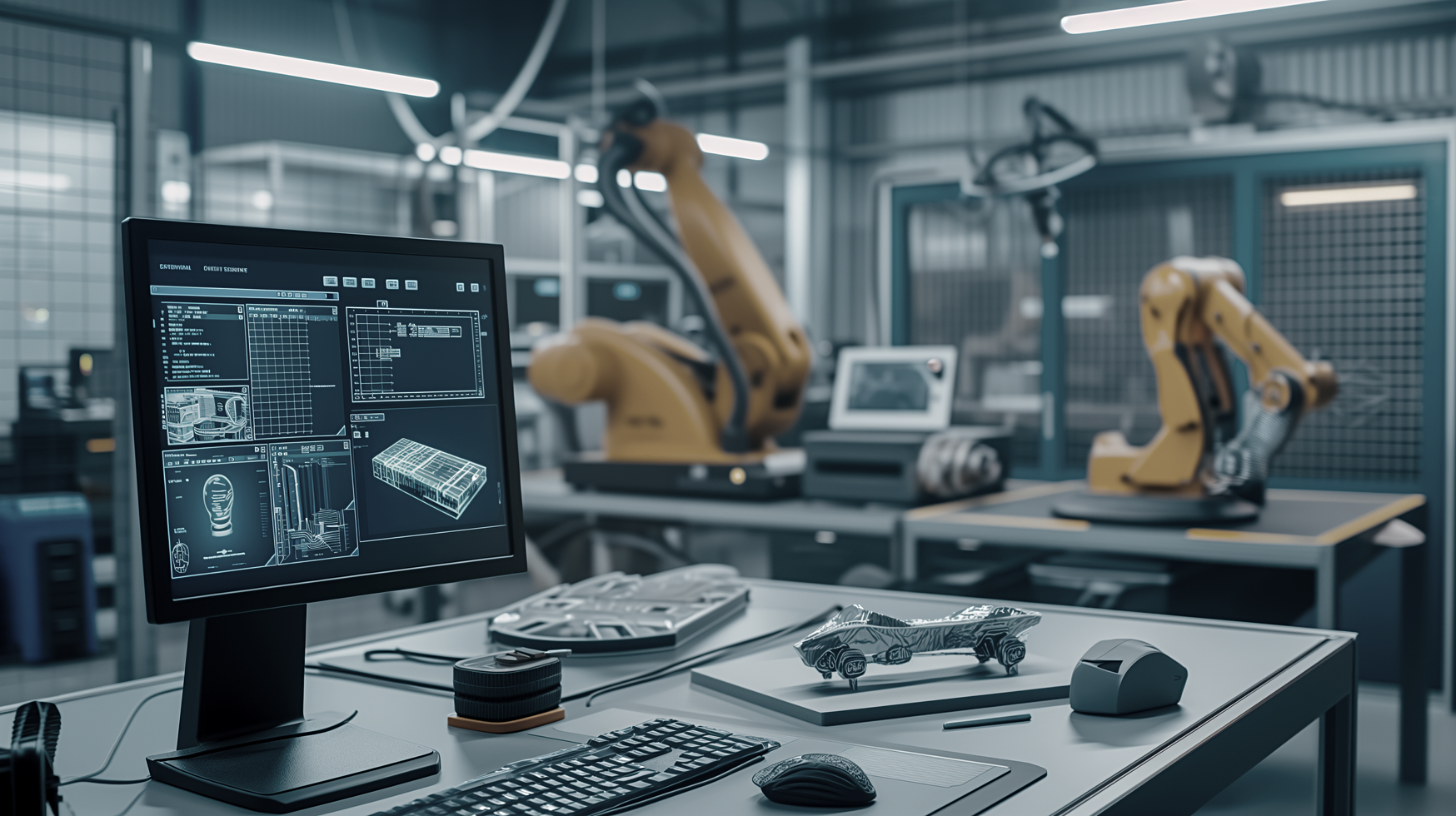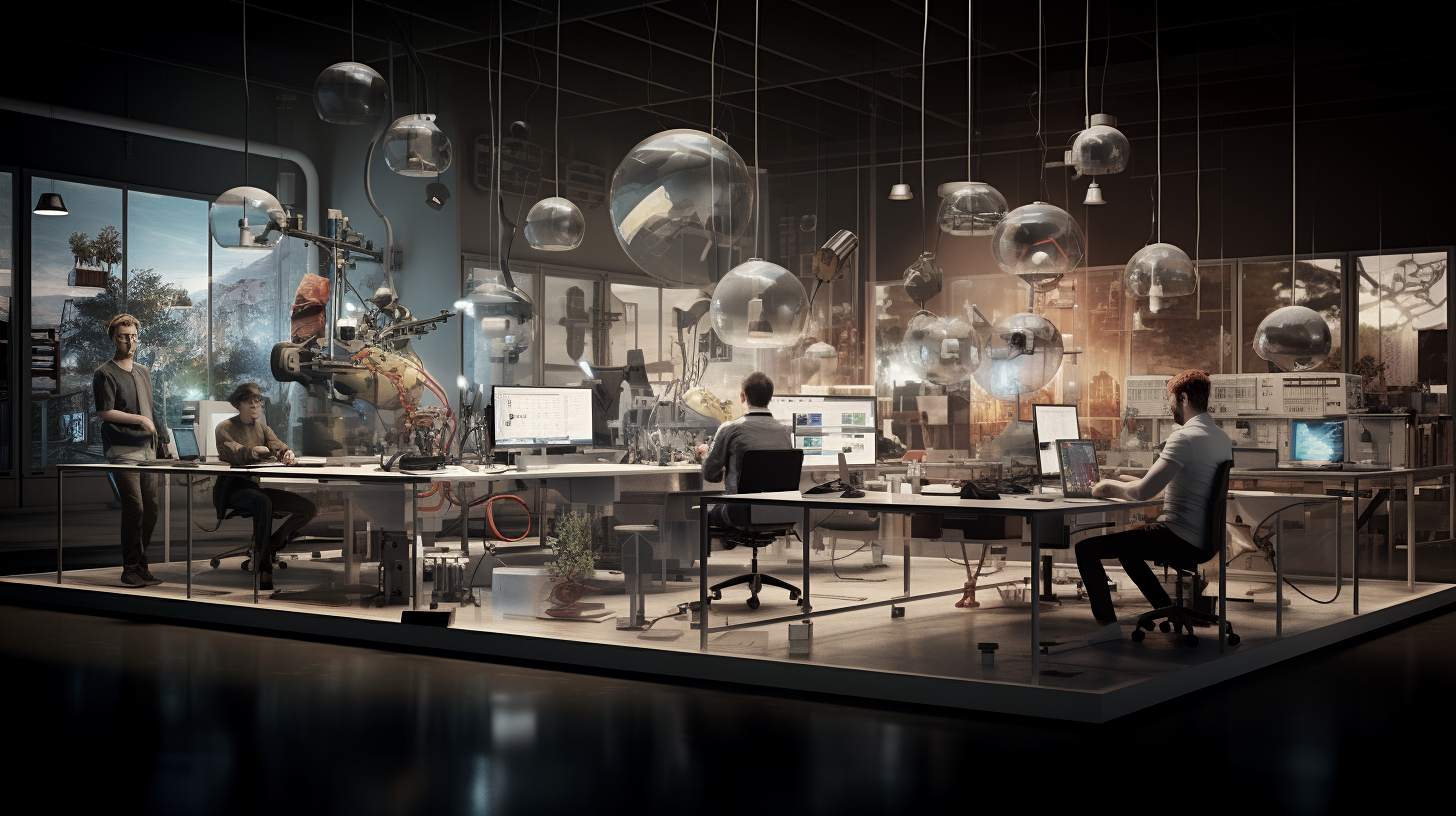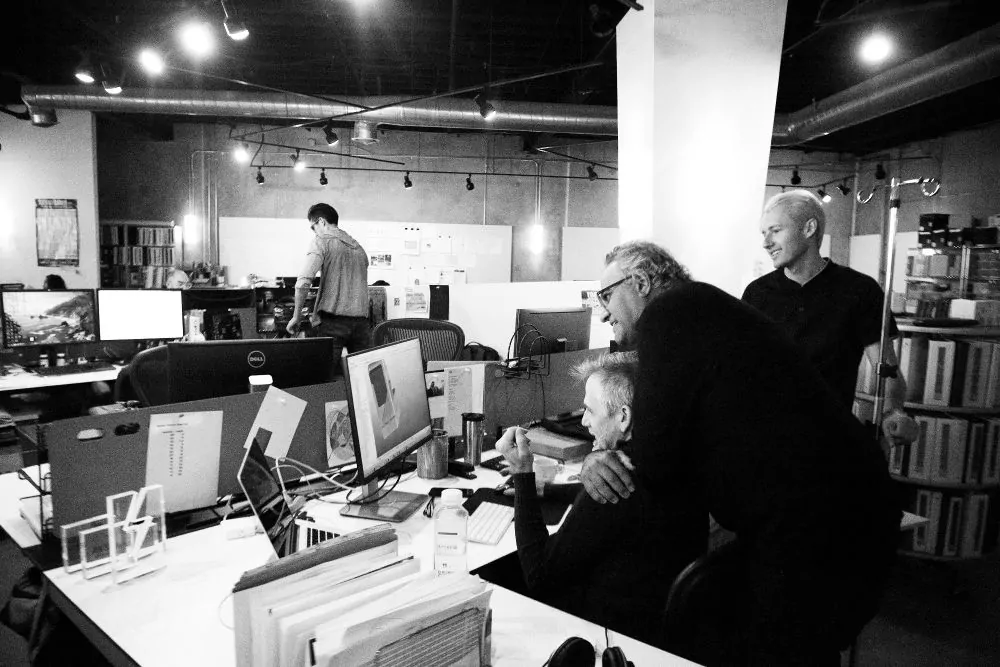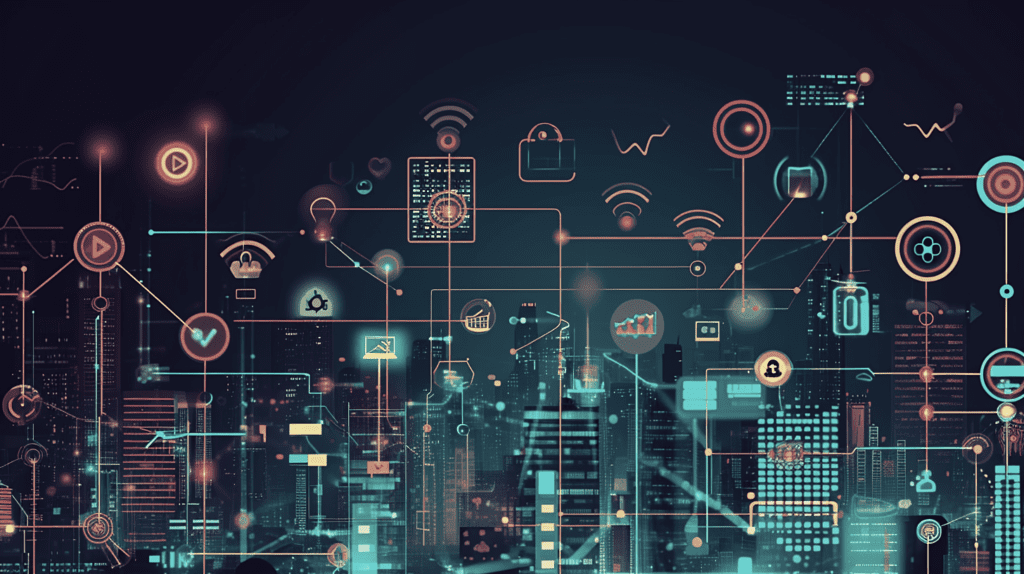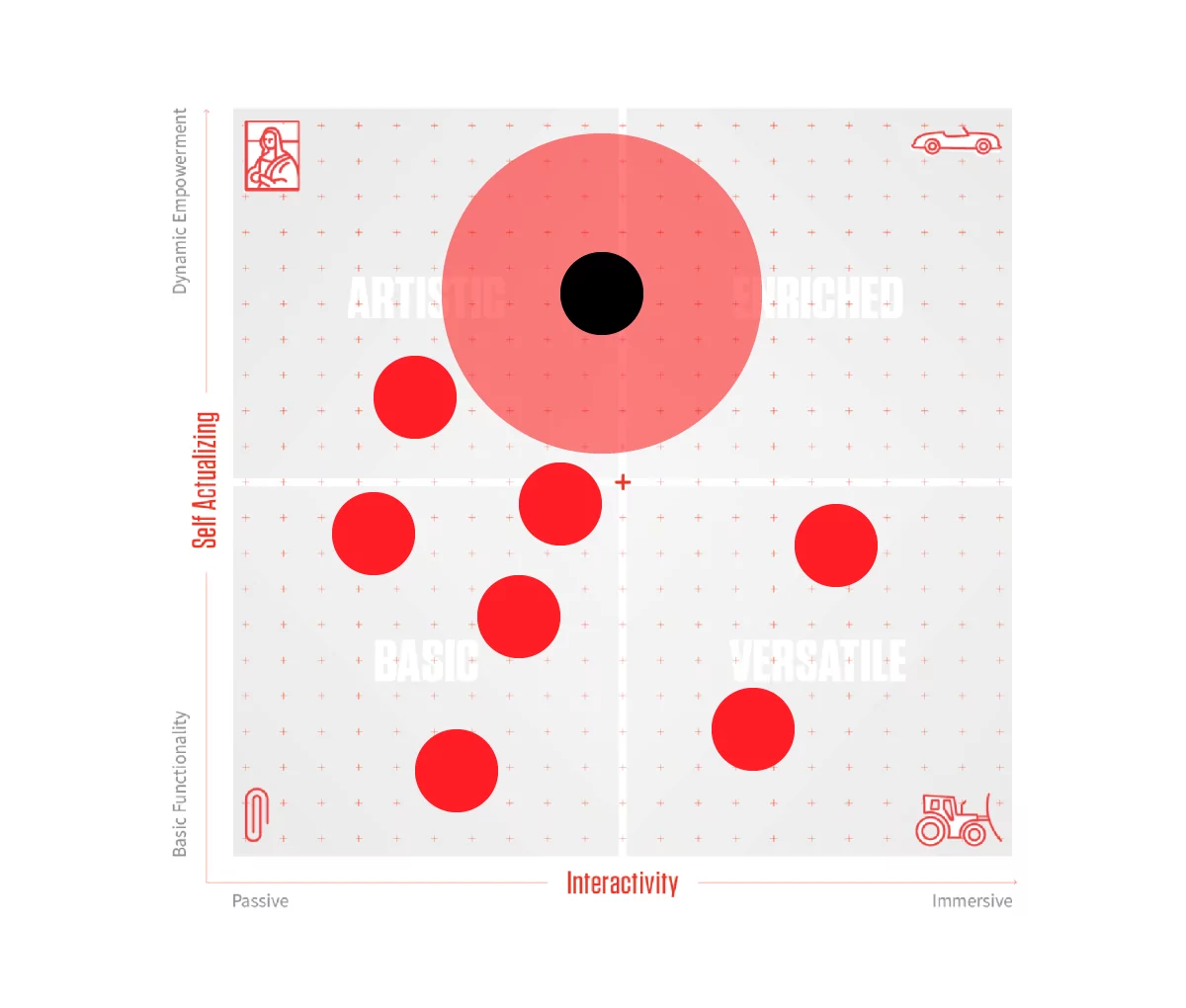In the dynamic realm of the Internet of Things (IoT), 2024 is marked by groundbreaking trends that redefine how we perceive and interact with connected devices. From revolutionary protocols to sustainable energy solutions, the IoT landscape is ever-evolving. As a design consultancy at the forefront of innovation, we delve into these trends, exploring their implications and presenting a visionary outlook for the design landscape.
01.
Matter Protocol
“As closed ecosystems open, innovation will be supercharged, and the insights gathered from IoT devices will improve patient outcomes.”
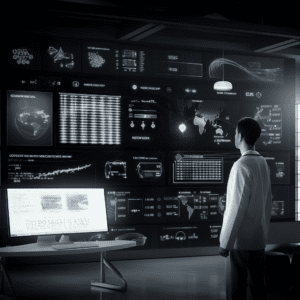
The Matter Protocol stands tall as an opportunity for change in the IoT arena, particularly within the healthcare sector, where interconnected devices are poised to revolutionize patient treatment. Despite the absence of Matter Protocol integration in healthcare, we predict its adoption will gain momentum in 2024. As closed ecosystems open, innovation will be supercharged, and the insights gathered from IoT devices will improve patient outcomes. As designers, engineers, and innovators, we’re excited to operate in a world of connected and interoperable devices and play a pivotal role in developing products that seamlessly communicate and enhance user experiences in health tech.
As a technology, Matter closely follows a broad trend in technology towards interoperability, which is being supported by updated regulatory frameworks. The recent Epic lawsuits against Google and Apple and EU directives on interoperability further underscore the need for interoperability and compliant design in navigating the evolving IoT terrain, emphasizing the importance of open and competitive ecosystems in the face of monopolistic practices. The emphasis on interoperability offers a route to bypass potential restrictions imposed by industry giants and create incredible opportunities for innovation and new players to emerge.
02.
Processing Power per Watt
“Advancements in computing power per watt allow for new experiences in IoT device capability and device-to-device connectivity“
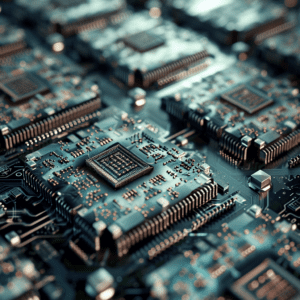
Computer power per watt has been advancing at light speed in recent years, allowing ever smaller devices to be embedded into our lives. Advancements in computing power per watt allow for new experiences in IoT device capability and device-to-device connectivity, powering large local networks of processing power. This trend is also liberating IoT devices from their traditional reliance on individual device connections to the internet, enabling offline networks to power powerful data gathering and insights.
With products like Apple’s Air Tags as a prime example in the consumer space, designers will be challenged to design technology into more and more devices to create networks of seamlessly integrated technologies, where the sum is truly greater than its parts.
03.
The Rise of Energy Harvesting
“Devices that harvest solar, kinetic, and thermal energy will reduce reliance on the grid“

As the world continues to figure out how to run, the intersection of technology and sustainability takes center stage in IoT innovation. As designers, we are thinking harder about integrating Energy Harvesting (as opposed to generation) Solutions into the core of IoT devices. Devices that harvest solar, kinetic, and thermal energy will reduce reliance on the grid and power increased capabilities in many different conditions. This transformative trend not only aligns with global sustainability goals but also promises to reshape the very foundations of IoT. As designers, our role extends beyond aesthetics to embrace the responsibility of creating a connected future that treads lightly on our planet.
